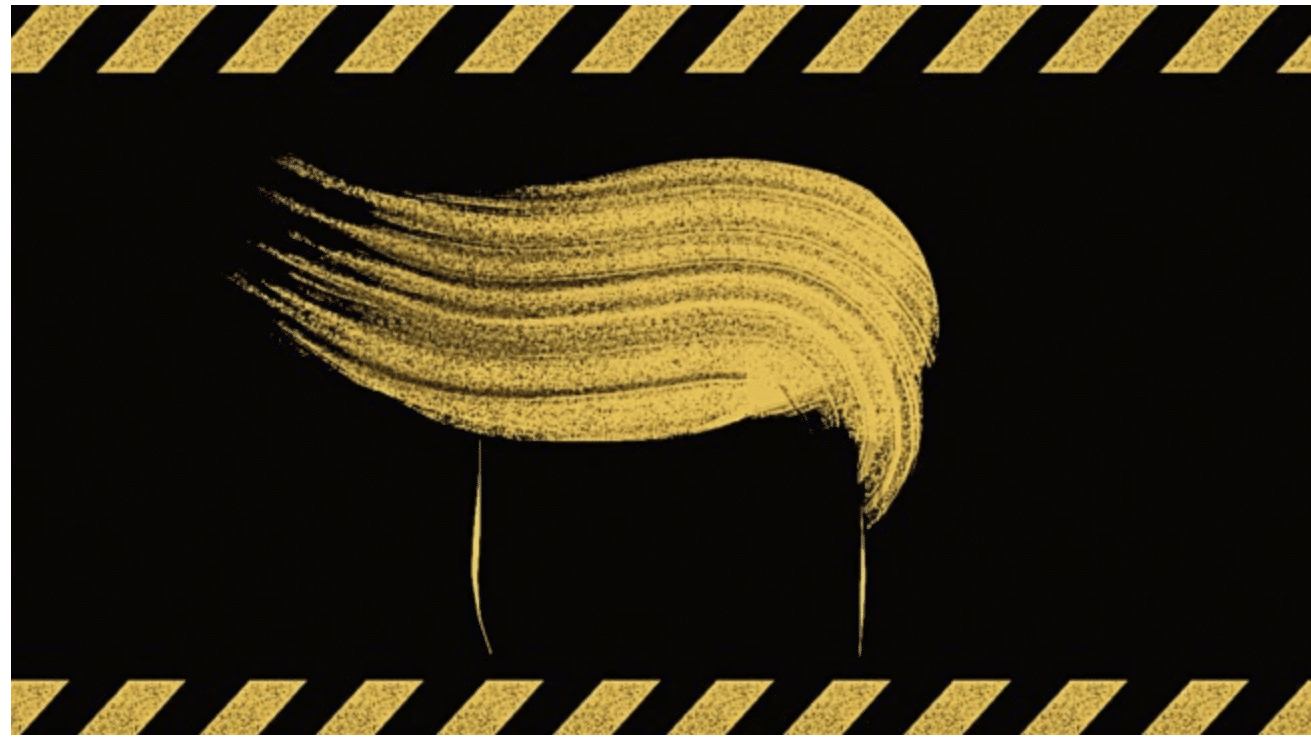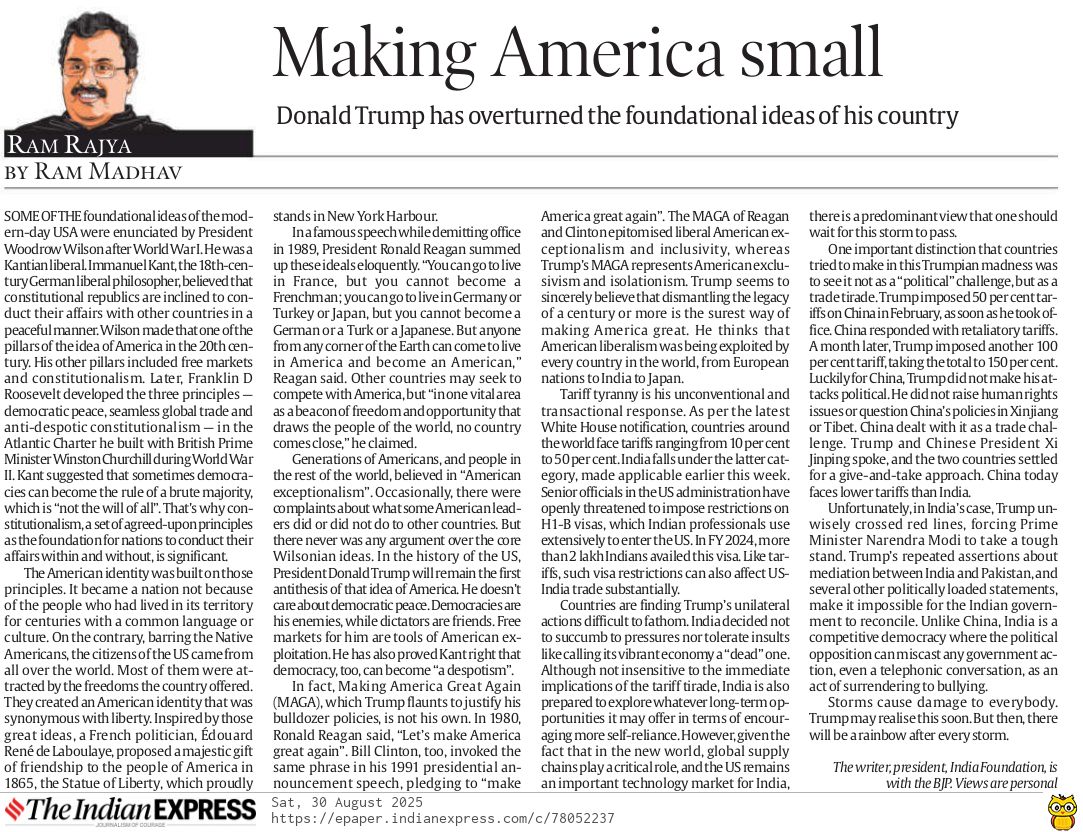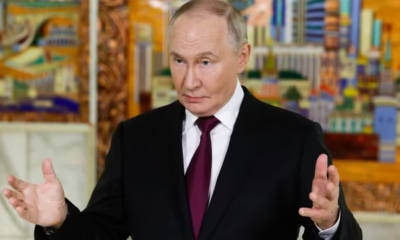
|
Getting your Trinity Audio player ready...
|
(The article was originally published in Indian Express on August 30, 2025 as a part of Dr Madhav’s column titled ‘Ram Rajya’. Views expressed are personal.)
The fundamental ideas of the United States of America (USA) were first enunciated by President Woodrow Wilson after the 1st World War. He was a Kantian liberal. Immanuel Kant, the 18th Century German liberal philosopher, firmly believed that democracies are disposed to conduct their affairs with other countries in a peaceful manner. Wilson made that as one of the pillars of the idea of America in the 20th century. His other pillars included free markets and constitutionalism. Franklin Roosevelt took all three principles – democratic peace, seamless global trade and anti-despotic constitutionalism – forward through the Atlantic Charter that he built together with the British prime minister Winston Churchill, during the 2nd World War. Democracies are understood as majoritarian rule. Kant suggested that sometimes it can become the rule of a brute majority, which, is “not the will of all”. Hence constitutionalism, a set of agreed principles as the foundation for nations to conduct their affairs within and without.
The American identity was built on those principles over last two centuries. It became a nation not because of the people who lived in its territory for centuries with a common language or culture. On the contrary, barring exceptions like the Red Indians and a few others of African descent, all the citizens of America came from all over the world attracted by its freedoms. They created an American identity that was synonymous with liberty. Inspired by those great ideas, a French politician Edourd de Laboulaye offered a majestic gift of friendship to the people of America in 1865 – the Statue of Liberty, which proudly stands at the New York Harbor.
In a famous speech while demitting office in 1989, President Ronald Reagan summed up these ideals so eloquently. “You can go to live in France, but you cannot become a Frenchman; you can go to live in Germany or Turkey or Japan, but you cannot become a German or a Turk or a Japanese. But anyone from any corner of the earth can come to live in America and become an American”, Reagan said. Other countries may seek to compete with America but “in one vital area as a beacon of freedom and opportunity that draws the people of the world, no country on earth comes close”, he claimed.
Generations of Americans and peoples of the rest of the world believed it as “American exceptionalism”. Occasionally, there were complaints about what some American leaders did or did not do to other countries. But there never was any argument over the core Wilsonian ideas like democratic peace, free markets and constitutionalism in all these decades. In the history of the US, President Donald Trump will remain as the first antithesis of that idea of America. He doesn’t care about democratic peace. Democracies are his enemies while dictators are friends. Free markets for him are tools of American exploitation. As far as constitutional governance is concerned, he proved Kant right that democracy too can become “necessarily despotism”.
In fact, Making America Great Again (MAGA), which Trump flaunts to justify his bulldozer policies, is not his own. Ronald Reagan popularised it in 1980 by saying “let’s make America great again”. Bill Clinton too invoked the same phrase in his 1991 presidential announcement speech, pledging to “make America great again”. MAGA of Reagan and Clinton epitomised liberal American exceptionalism and inclusivity, whereas Trump’s MAGA represents American exclusivism and isolationism. Trump seems to sincerely believe that dismantling the legacy of a century or more is the surest way of making America great. He thinks that American liberalism was being exploited by every country in the world – from Europe to India to Japan.
Tariff tyranny is his unconventional and transactional response. As per the latest White House notification, 57 countries face tariffs ranging from 10% to 50%. India falls under the latter category, made applicable earlier this week. Senior officials in the US administration openly threatened to impose restrictions on H1-B visas, which Indian professionals extensively use to enter that country. In 2024, more than 2 lac Indians availed this visa. Like tariffs, such visa restrictions too can affect US-India trade substantially.
Countries are finding Trump’s harsh and unilateral actions difficult to fathom. India decided not to succumb to pressures nor tolerate insults like calling its most vibrant economy a “dead” one. Although not insensitive to immediate implications of the tariff tirade, India also prepared to explore whatever long-term opportunities it may offer in terms of encouraging more self-reliance. However, given the fact that in the new world, global supply chains play a critical role, and the US remains one important technology market for India, there is a predominant view that one should wait for this storm to pass.
One important distinction that countries tried to make in this Trumpian madness was to see it not as a “political” challenge, but as a trade tirade. Trump imposed 50% tariffs on China in February, as soon as he took office. China responded with retaliatory tariffs. A month later, Trump imposed another 100% tariff, taking the total to 150%. Luckily for China, Trump refrained from making his attacks political. He did not raise human rights issues or questioned China’s policies in Xinxiang or Tibet. China decided to deal with it as a trade challenge. Xi Jinping joined Trump on a phone call in May, and the two countries settled for a give and take on the issue. China today faces less tariffs than India.
Unfortunately, in India’s case, Trump unwisely crossed the redline of not mixing politics with trade, forcing Prime Minister Narendra Modi to take a tough stand. Trump’s repeated assertions about mediation between India and Pakistan and several other politically loaded statements make it impossible for the Indian government to reconcile. After all, unlike China, India is a competitive democracy where the political opposition can exploit any governmental action, even a telephonic conversation, as its surrender before bullying.
Storms cause damage to everybody. Trump may realise it soon. But then, there will be a rainbow after every storm.




